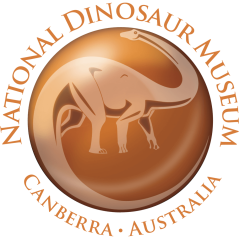Triceratops: The Amazing Three-Horned Dinosaur

G’day, Dino Fans, today, we’re going to travel back in time to learn about one of the most interesting dinosaurs ever: the Triceratops! Get ready to discover some fun facts about this incredible plant-eater from the Late Cretaceous Period.
Triceratops: The Three-Horned Wonder
The Triceratops was a remarkable dinosaur with three horns on its face—two long ones above its eyes and one shorter one on its nose. These horns weren’t just for looking good; they helped Triceratops stay safe from predators like the fierce Tyrannosaurus rex. Imagine having a built-in defence system right on your face. Behind its head, Triceratops had a large bony frill that scientists think was used for protection and maybe even to impress other Triceratops.
Plant-Eating Giants
Triceratops loved munching on plants. With its beak-like mouth, it was perfect for clipping off leaves from bushes and low-lying plants. And talk about size—this dinosaur was about 9 metres long and weighed as much as four cars, up to 12 tonnes! That’s one hefty dino!
Life in Herds
Living in herds was a big part of Triceratops life. Hanging out with friends and family meant they had each other’s backs and could stay safe from any danger. Being in a group helped them look out for each other and find food together. Triceratops were built strong with sturdy legs to help them roam around different environments in search of food. Their strong limbs allowed them to move easily, despite their massive size. It’s incredible to think about how well-adapted these creatures were to their world.
Fascinating Facts
Did you know that the name “Triceratops” means “three-horned face”? These amazing dinosaurs lived about 68 million years ago during the Late Cretaceous Period. The first Triceratops fossil was discovered in 1887 in Colorado, USA. Initially, it was mistaken for a gigantic species of extinct bison, but further discoveries revealed it to be a horned dinosaur, which was later named and described by Othniel Charles Marsh in 1889. Since then, many more fossils have been found, giving us a clearer picture of this incredible dinosaur.
If you think learning about dinosaurs is super fun, don’t forget to read our other Dino News Blogs!
References
- National Geographic Kids:
- American Museum of Natural History:
- Dinosaur National Monument:
- BBC Earth:
- Britannica Kids:
